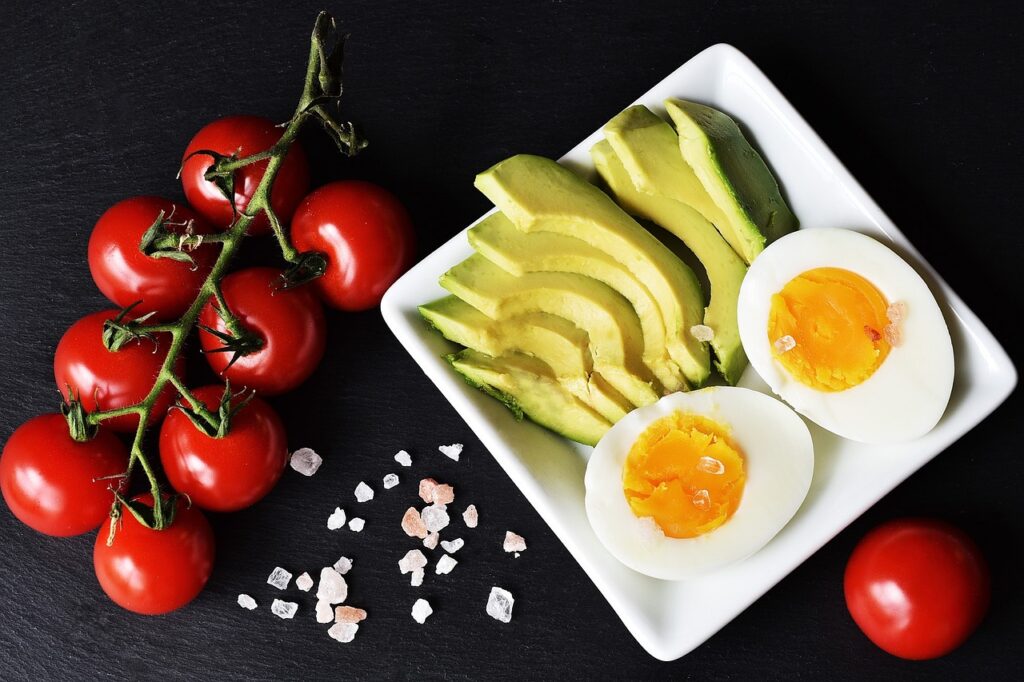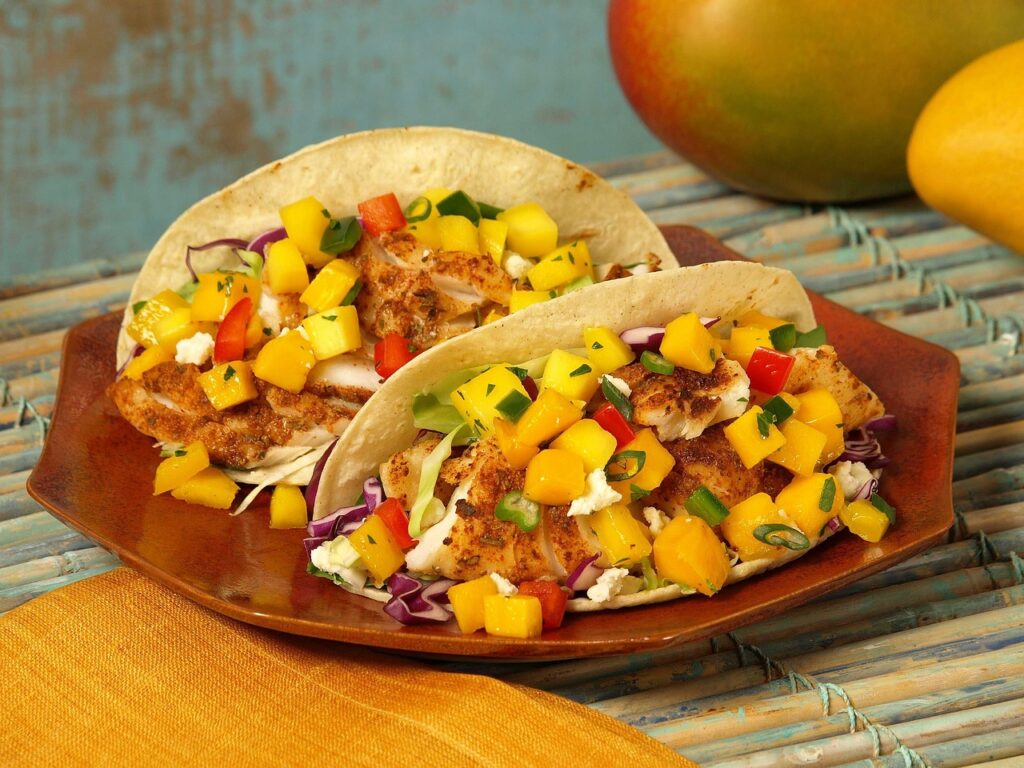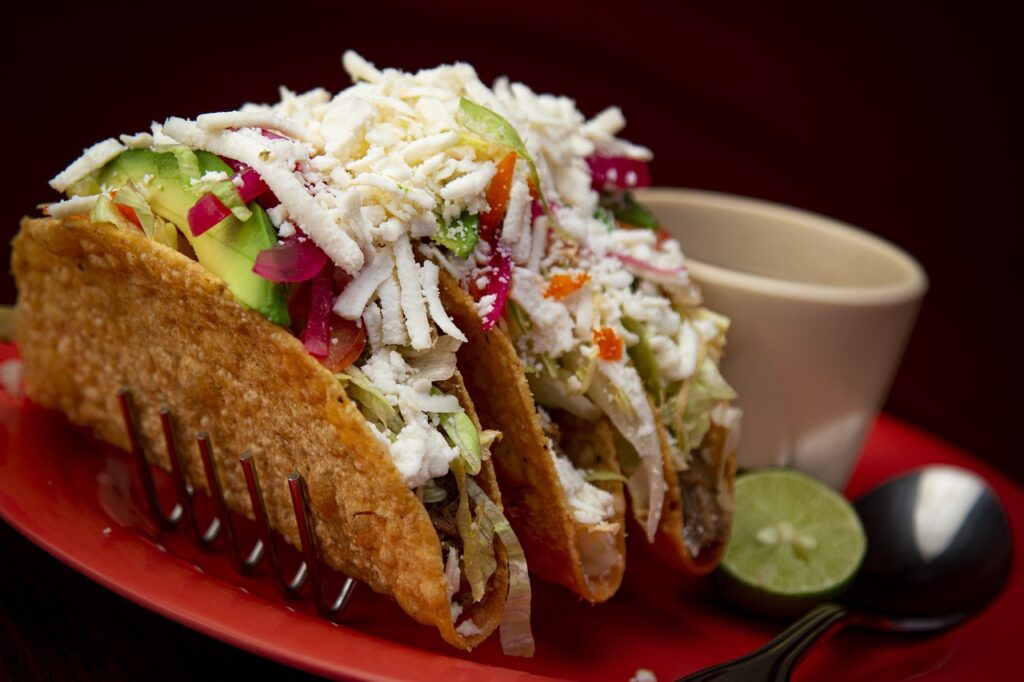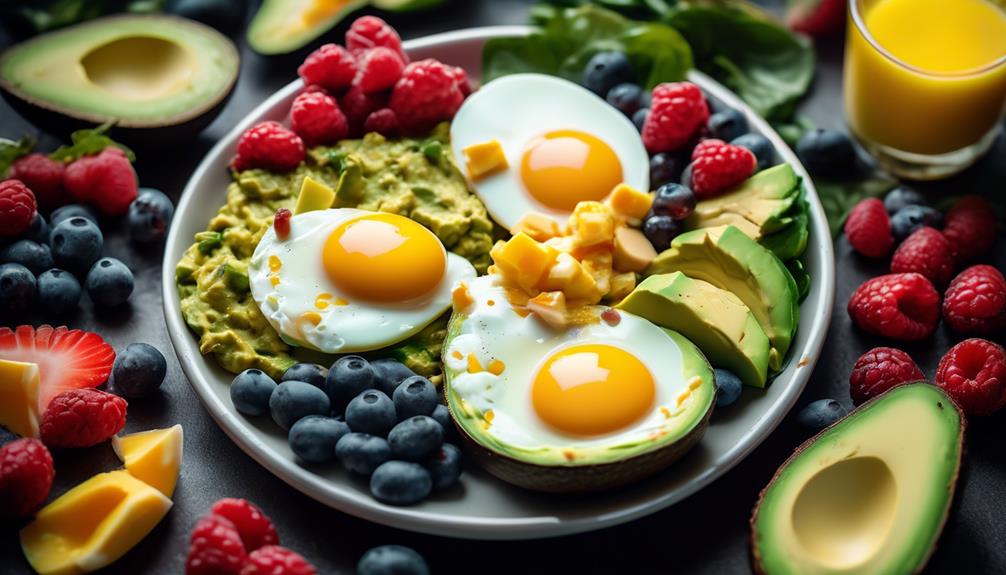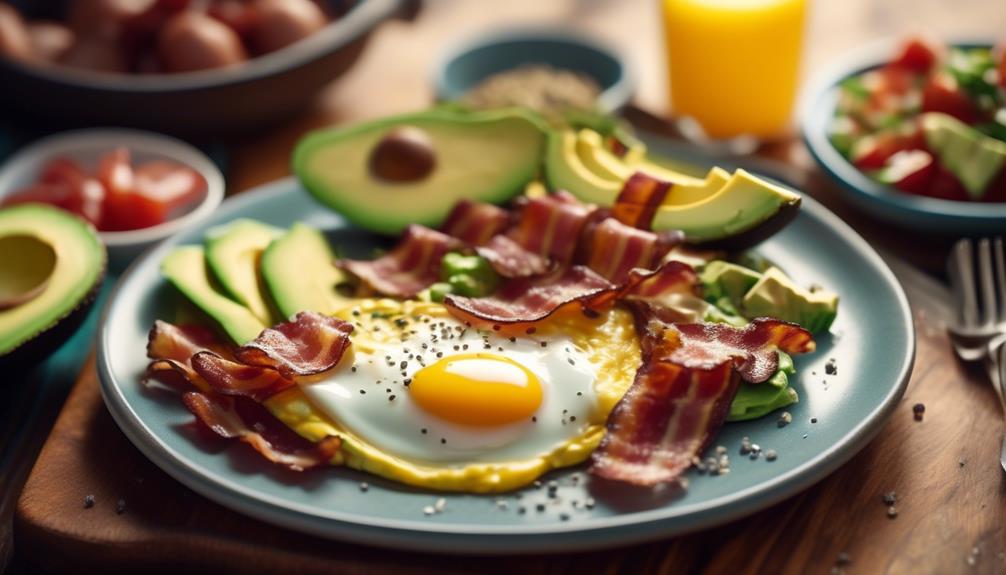Are you a vegetarian looking to embark on a dairy-free keto journey? Well, buckle up because we've got 14 game-changing tips for you.
Whether you're trying to lose weight, improve your health, or simply explore new dietary options, this guide is here to help.
From swapping dairy milk for plant-based alternatives to finding dairy-free sources of calcium and vitamin D, we've got you covered.
But that's not all – we've got some exciting and delicious dairy-free keto recipes up our sleeve, along with tips on how to avoid hidden sources of dairy in packaged foods.
So, get ready to discover a whole new world of dairy-free keto possibilities.
Swap Dairy Milk for Plant-Based Alternatives

To transition to a dairy-free keto diet, consider swapping dairy milk for plant-based alternatives to meet your nutritional needs. Plant-based milk alternatives offer a variety of benefits for those following a dairy-free keto lifestyle, especially for vegetarians. By choosing these alternatives, you can still enjoy the creamy texture and taste of milk without compromising your dietary restrictions.
Plant-based milk alternatives, such as almond milk, coconut milk, and soy milk, are derived from plants and don't contain any animal products. They're rich in essential nutrients like calcium, vitamin D, and protein, which are important for maintaining healthy bones and muscle function. These alternatives also tend to be lower in calories and carbohydrates compared to dairy milk, making them suitable for a keto diet.
For vegetarians, the switch to dairy-free keto can provide additional benefits. By eliminating dairy products, vegetarians can reduce their intake of saturated fats and cholesterol, which are commonly found in dairy foods. This can promote heart health and lower the risk of cardiovascular diseases. Additionally, plant-based milk alternatives are often fortified with vitamins and minerals, such as B12 and iron, which can be lacking in a vegetarian diet.
Choose Non-Dairy Sources of Fat for Cooking
Consider using non-dairy sources of fat for cooking to maintain a dairy-free keto diet. While dairy products are often a go-to source of fat in cooking, there are plenty of non-dairy alternatives that can be just as beneficial.
Coconut oil is a popular choice among those following a dairy-free keto diet. It's rich in medium-chain triglycerides (MCTs), which can increase the production of ketones in the body.
Olive oil is another excellent option, as it's high in monounsaturated fats that have been linked to various health benefits.
Avocado oil is also a great choice, as it's rich in heart-healthy monounsaturated fats and has a high smoke point, making it suitable for high-heat cooking methods.
Other non-dairy fat sources include nuts and seeds, such as almonds, walnuts, and chia seeds, which can be incorporated into meals or used to make homemade nut butters or seed-based dressings.
Additionally, you can use non-dairy spreads made from plant oils, like soybean or sunflower oil, as a substitute for butter in cooking and baking.
Incorporate Low-Carb Vegetables Into Your Meals

To successfully incorporate low-carb vegetables into your meals on a dairy-free keto diet, it's important to focus on vegetable variety, portion control, and cooking methods.
Choose a wide range of low-carb vegetables such as leafy greens, cruciferous veggies, and zucchini to ensure you get a diverse array of nutrients.
Be mindful of portion sizes to maintain ketosis, and opt for cooking methods like steaming or sautéing instead of frying to minimize added fats and calories.
Vegetable Variety
Incorporating low-carb vegetables into your meals is a delicious and nutritious way to enhance your dairy-free keto diet. Not only do these vegetables provide essential nutrients, but they also add variety and flavor to your meals.
Here are three ways to incorporate low-carb vegetables into your diet:
- Experiment with vegetable preparation: Try different cooking methods like roasting, grilling, or sautéing to bring out the natural flavors of vegetables. You can also spiralize zucchini or use cauliflower rice as a substitute for high-carb options like pasta or rice.
- Get creative with vegetable substitutes: Replace high-carb ingredients in your favorite recipes with low-carb vegetables. For instance, use lettuce leaves instead of tortillas for wraps or use portobello mushrooms as burger buns.
- Explore new vegetable varieties: Don't be afraid to try new vegetables and expand your palate. Consider adding low-carb options like kale, spinach, broccoli, bell peppers, and asparagus to your meals.
Portion Control
To effectively control portion sizes and incorporate low-carb vegetables into your meals, focus on mindful eating and strategic meal planning. Portion control plays a crucial role in maintaining a healthy and balanced diet while following a dairy-free keto lifestyle. When it comes to low-carb vegetables, it's important to strike a balance between getting enough nutrients and keeping your carbohydrate intake in check.
Plan your meals in advance and include a variety of low-carb vegetables such as leafy greens, broccoli, cauliflower, zucchini, and bell peppers. These vegetables aren't only rich in essential vitamins and minerals but also low in carbs. By incorporating them into your meals, you can add volume and fiber to your plate without significantly impacting your carbohydrate intake.
Remember to measure your portions and be mindful of your hunger cues to prevent overeating. With strategic meal planning and mindful eating, you can successfully control your portions and enjoy the benefits of incorporating low-carb vegetables into your dairy-free keto diet.
Cooking Methods
Consider utilizing various cooking methods to incorporate low-carb vegetables into your meals while following a dairy-free keto diet. Cooking techniques play a crucial role in enhancing the flavors and textures of these vegetables, making them more enjoyable to consume.
Here are three alternative cooking methods to help you make the most of your low-carb vegetables:
- Roasting: Roasting vegetables brings out their natural sweetness and adds a delicious caramelized flavor. Toss your favorite low-carb vegetables, such as Brussels sprouts or zucchini, with olive oil, salt, and pepper, then roast them in the oven until they're tender and golden brown.
- Stir-frying: Stir-frying is a quick and healthy way to cook vegetables while retaining their nutrients. Heat a small amount of oil in a pan, add your low-carb vegetables, and cook them over high heat, stirring constantly. This method preserves the crunchiness of the vegetables and allows them to cook evenly.
- Grilling: Grilling low-carb vegetables, like peppers or eggplant, adds a smoky flavor that complements their natural taste. Slice the vegetables, brush them with oil, and grill them until they're tender and slightly charred. The grill marks add visual appeal and enhance the overall taste of the dish.
Opt for High-Protein Plant-Based Foods

Boost your protein intake on a dairy-free keto diet by incorporating a variety of high-protein plant-based foods into your meals. While meat is a popular source of protein, there are plenty of alternatives for vegetarians on a dairy-free keto diet. High protein meat substitutes can provide the necessary nutrients while keeping you in ketosis. Some popular options include tofu, tempeh, and seitan. These meat substitutes are rich in protein and can be incorporated into a variety of dishes such as stir-fries, salads, and wraps.
In addition to meat substitutes, there are plenty of dairy-free keto snacks that are high in protein. Nuts and seeds, such as almonds, walnuts, and chia seeds, are excellent sources of protein and healthy fats. They can be enjoyed on their own or added to salads and smoothies. Greek yogurt alternatives made from coconut or almond milk are also high in protein and can be a great snack option.
Legumes, such as lentils, chickpeas, and black beans, are another excellent source of plant-based protein. They can be used in soups, stews, and salads, providing a substantial amount of protein and fiber.
Remember to include a variety of high-protein plant-based foods in your dairy-free keto diet to ensure that you're meeting your nutritional needs. Experiment with different recipes and combinations to keep your meals exciting and satisfying.
Find Dairy-Free Sources of Calcium and Vitamin D
To maintain adequate calcium intake on a dairy-free keto diet, focus on incorporating plant-based alternatives such as leafy greens, almonds, and chia seeds into your meals. These foods are rich in calcium and can help support bone health.
Additionally, for non-dairy sources of vitamin D, consider exposing your skin to sunlight for a few minutes each day or incorporating fortified foods like soy milk or orange juice into your diet.
Plant-Based Calcium Alternatives
Plant-based diets can provide excellent sources of calcium and vitamin D, even for those following a dairy-free keto lifestyle. If you're looking for alternatives to dairy products, here are three plant-based options that are rich in calcium:
- Plant-based calcium supplements: These supplements are derived from natural sources like algae, seaweed, or vegetables. They can be a convenient way to ensure you're getting enough calcium in your diet.
- Calcium-rich vegetables: Many vegetables are packed with calcium. Some examples include broccoli, kale, bok choy, and spinach. Incorporating these vegetables into your meals can help increase your calcium intake.
- Fortified plant-based milk alternatives: Many plant-based milk alternatives, such as almond milk or soy milk, are fortified with calcium and vitamin D. Check the labels to make sure they contain adequate amounts of these nutrients.
Non-Dairy Vitamin D Sources
Looking for non-dairy sources of vitamin D to complement your dairy-free keto lifestyle? As a vegetarian, it's crucial to ensure you're getting enough of this essential nutrient, as it plays a vital role in bone health, immune function, and overall well-being. While dairy products are commonly associated with vitamin D, there are plenty of non-dairy alternatives available to you.
One option is to consider non-dairy vitamin D supplements. These are specifically designed for individuals who follow a dairy-free diet and provide a convenient way to meet your daily vitamin D requirements. Look for supplements that contain vitamin D3, as this form is more easily absorbed by the body.
In addition to supplements, there are also natural sources of vitamin D that you can incorporate into your diet. Some plant-based foods, such as mushrooms, are naturally high in vitamin D. Exposing mushrooms to sunlight or UV light can increase their vitamin D content even further.
Other options include fortified non-dairy milk alternatives, like almond or soy milk, which are often enriched with vitamin D.
Experiment With Dairy-Free Keto-Friendly Recipes

One way to explore the world of dairy-free keto-friendly recipes is by experimenting with different ingredients and flavors. This allows you to discover new and exciting dishes that fit into your dairy-free and keto lifestyle. Here are three ideas to get you started:
- Dairy-Free Baking Ideas: Try substituting traditional dairy products with alternatives like almond milk, coconut milk, or cashew cream in your favorite baking recipes. These alternatives can provide the same creamy texture and taste without the dairy. You can also experiment with using coconut flour or almond flour instead of traditional wheat flour for a low-carb option.
- Dairy-Free Keto Snacks: When it comes to snacking, there are plenty of dairy-free options that are also keto-friendly. For example, you can enjoy a handful of mixed nuts, avocado slices with sea salt, or celery sticks with almond butter. These snacks provide healthy fats and protein to keep you satisfied while staying within your keto goals.
- Vegetable-based Recipes: Incorporating more vegetables into your meals is a great way to add variety and flavor. Try making zucchini noodles with a dairy-free pesto sauce, cauliflower rice stir-fry, or roasted Brussels sprouts with olive oil and spices. These recipes aren't only dairy-free and keto-friendly but also packed with nutrients.
Avoid Hidden Sources of Dairy in Packaged Foods
To maintain a dairy-free keto lifestyle, it's important to be aware of and avoid hidden sources of dairy in packaged foods. While some foods may not seem like they contain dairy, they can still contain ingredients derived from milk or lactose. When reading food labels, look out for words like whey, casein, lactose, and milk solids, as these indicate the presence of dairy. Additionally, be cautious of products that include terms like 'may contain traces of milk,' as this suggests the possibility of cross-contamination.
Hidden sources of dairy can also be found in restaurant meals. Sauces, dressings, and toppings often contain dairy products, so it's crucial to ask for dairy-free alternatives or have them served on the side. When ordering dishes like salads, sandwiches, or stir-fries, double-check that all ingredients are free from dairy.
To satisfy your snack cravings while adhering to a dairy-free keto diet, there are several options available. Nuts and seeds are excellent choices, as they're high in healthy fats and low in carbs. Consider snacking on almonds, walnuts, chia seeds, or flaxseeds. Another option is to make your own dairy-free keto snacks, such as kale chips, coconut oil popcorn, or homemade energy balls using ingredients like almond butter, coconut flour, and cacao nibs.
Stay Hydrated With Non-Dairy Beverages

To stay properly hydrated while following a dairy-free keto diet, it's important to explore non-dairy beverage options that can support your fluid intake. Hydration is essential for overall health and well-being, and it becomes even more crucial when following a ketogenic diet.
Here are three non-dairy beverage options that offer hydration benefits and are suitable for a dairy-free keto lifestyle:
- Coconut Water: This refreshing drink isn't only low in carbs but also rich in electrolytes like potassium and magnesium. It can help replenish your body's electrolyte levels, especially during hot summer days or after an intense workout.
- Almond Milk: Made from ground almonds and water, almond milk is a popular non-dairy alternative to traditional milk. It's low in carbs and calories, making it a suitable choice for those on a keto diet. Additionally, almond milk is fortified with vitamins and minerals, such as vitamin D and calcium, which are essential for maintaining bone health.
- Herbal Tea: Herbal teas, such as chamomile, peppermint, or green tea, are excellent options for staying hydrated while avoiding dairy. These teas are naturally caffeine-free and can be enjoyed hot or cold. They not only provide hydration but also offer various health benefits, such as relaxation, digestion support, and antioxidant properties.
Seek Support and Resources for Dairy-Free Keto Vegetarians
Exploring resources and seeking support is crucial for dairy-free keto vegetarians to navigate their dietary choices and ensure they have the necessary tools and knowledge for a successful and satisfying lifestyle.
When following a dairy-free keto diet, it's important to find reliable sources that can provide you with dairy-free keto meal plans and recipes.
One helpful resource is online communities and forums specifically dedicated to dairy-free keto vegetarians. These platforms allow you to connect with others who share similar dietary preferences and goals. Here, you can exchange tips, ask questions, and find support from individuals who understand the challenges and triumphs of following a dairy-free keto diet.
Additionally, there are numerous websites and blogs that offer dairy-free keto meal plans and recipes. These resources can be invaluable in helping you create a varied and balanced diet that meets your nutritional needs. Look for websites that provide detailed information about the macronutrient content of their recipes, as well as any modifications needed to make them dairy-free.
Furthermore, social media platforms such as Instagram and Pinterest can be great sources of inspiration for finding dairy-free keto recipes. Many influencers and bloggers share their favorite dairy-free keto meals, along with step-by-step instructions and beautiful food photography. By following these accounts, you can discover new recipes and meal ideas to keep your diet exciting and enjoyable.
Conclusion
Incorporating dairy-free options into a vegetarian keto diet is easier than you might think. By swapping dairy milk for plant-based alternatives, choosing non-dairy sources of fat, and incorporating low-carb vegetables and high-protein plant-based foods, you can maintain a nutritious and satisfying diet.
Don't forget to find dairy-free sources of calcium and vitamin D, experiment with delicious recipes, and stay hydrated with non-dairy beverages. With the right support and resources, you can successfully navigate the world of dairy-free keto as a vegetarian.


